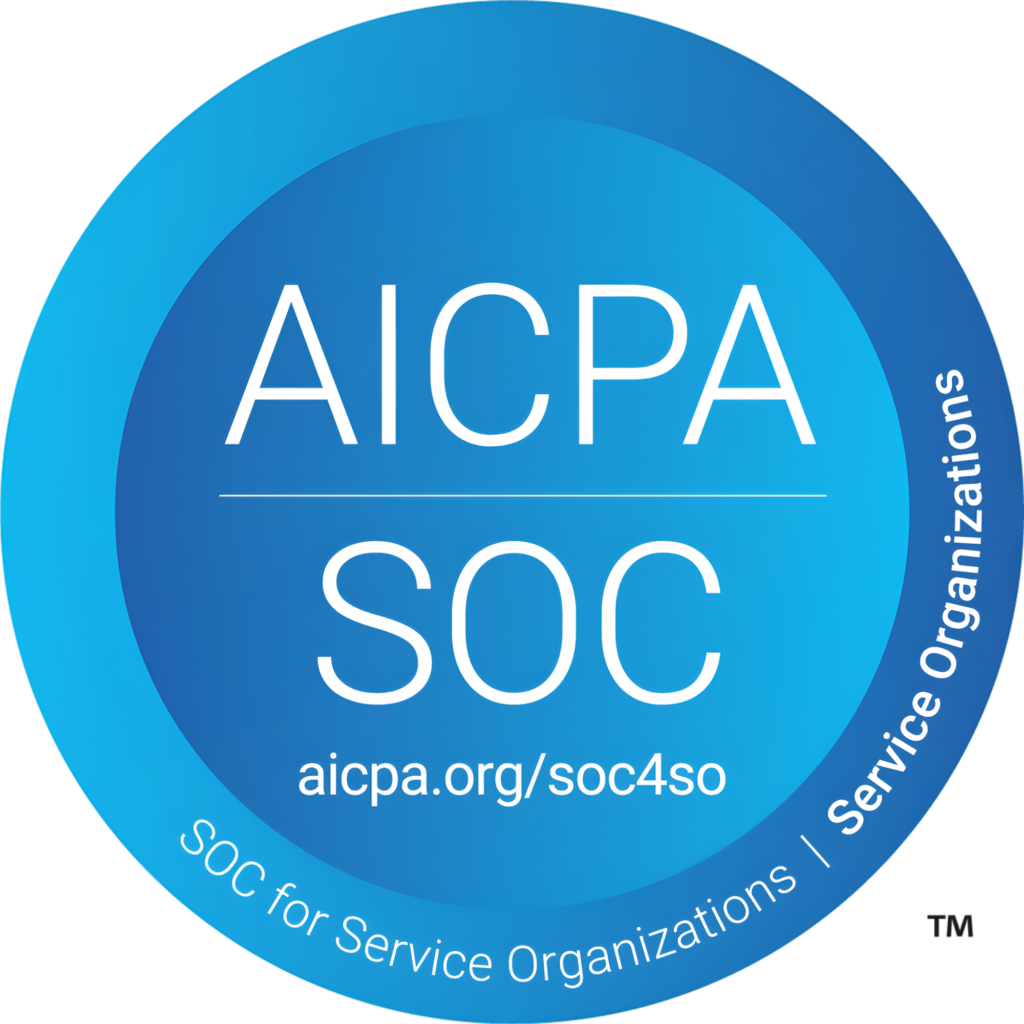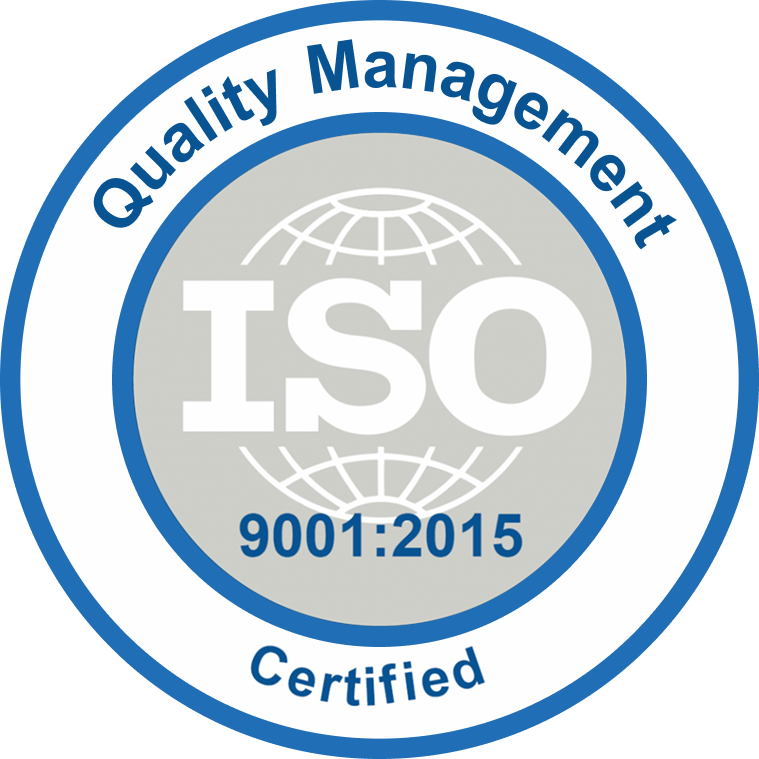Migration of data from IBM connections on-prem/cloud to Office 365 is the need of the hour for many companies. The reason behind the migration is to get rid of primitive IBM connections portal and be in the safe hands of Microsoft Cloud. On other hand, Microsoft is on their path to guide people in data migration from SharePoint 2013 to Office 365, SP 2010/2016 to Office 365. This write-up deals with the factors that influence the speed of migration of data from IBM connections to Office 365 using AVAMIGRATRON tool. Migration speed, in general, is impacted by many factors and a clear understanding of it will help you to plan and execute migration in a more effective way. A key benefit of using AVAMIGRATRON for migration of content is the real-time migration of data being done, which you can track in your tool once the process gets kick-started. The migration data throughput is higher during off-peak hours as the Office 365 will have to process very fewer requests.
Continue Reading
Listed below are few vital factors that are known to affect Data Migration Speed:
- Hardware capability of the migration system: The system in which the AVAMIGRATRON tool is running must have the pre-requisites that are mentioned before the installation. This system must be completely monitored to ensure high availability of resources. Out of our previous experience, we understand that higher the hardware resources lesser are the risks of resource outages.
- Network: This is a supercritical component where the internal speed of your network will reflect the higher speed of migration. It is advised to spread your migration job across different networks and run the migration during off-peak hours to ensure faster completion of migration.
- Distribution of migration: It is highly recommended to distribute the migration across different machines, to ensure execution of parallel migration to maximize its speed.
- Smart planning of migration: Strategically planning the migration process implies that your job is half done. Plan the migration of standalone/common file items followed by the migration of the community items. Within the community, plan to migrate the business – critical community first, which is widely used across the members of the organization. Keep the sparely used community as a last option of migration as it can be completed in a short span, as in when you run the incremental migration of the heavily used communities.
AVAMIGRATRON helps you to do the migration planning in a smarter way by the advanced inventory process. This inventory helps in identifying the count of data associated with the communities thus giving an idea about the highly used community. It is important to look at the whole process and fix the bottlenecks wherever it appears. Many- a – time the bottleneck will happen to be the client’s internet speed dedicated to the migration machines/VM’s or the manual labor involved in preparing the migration plan.

